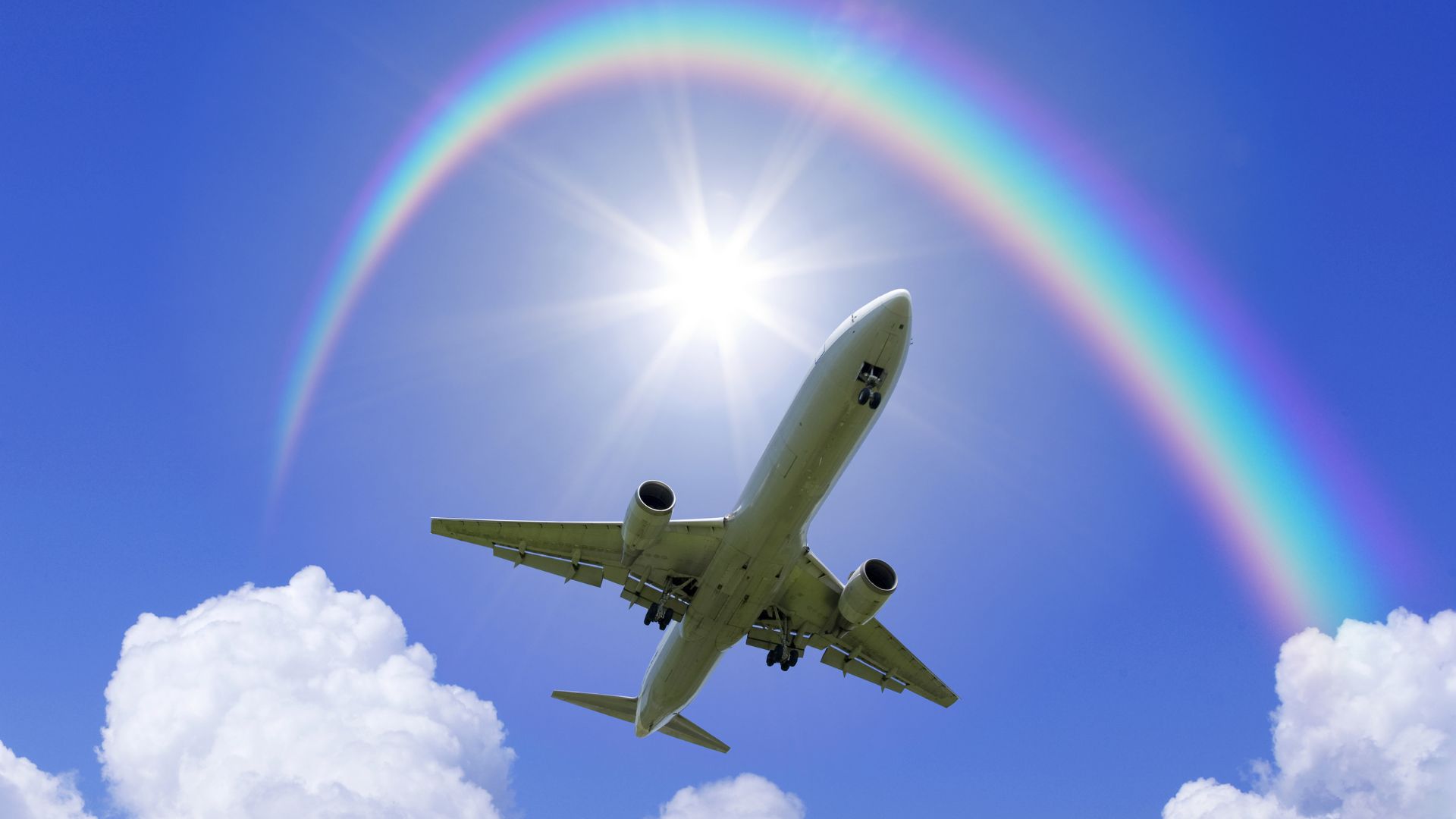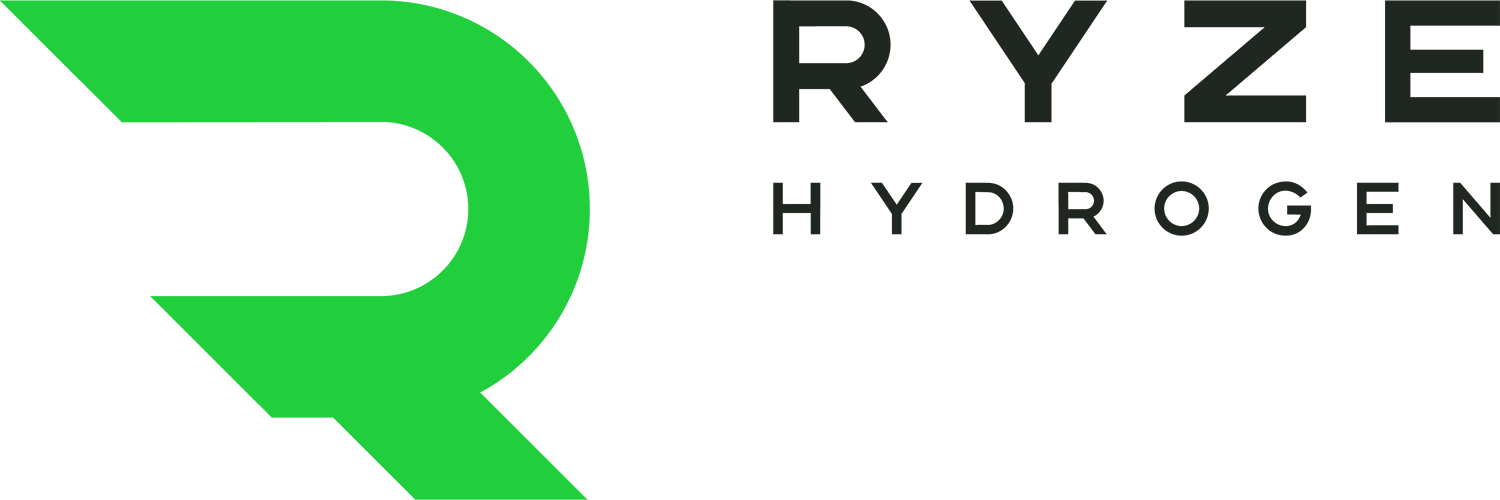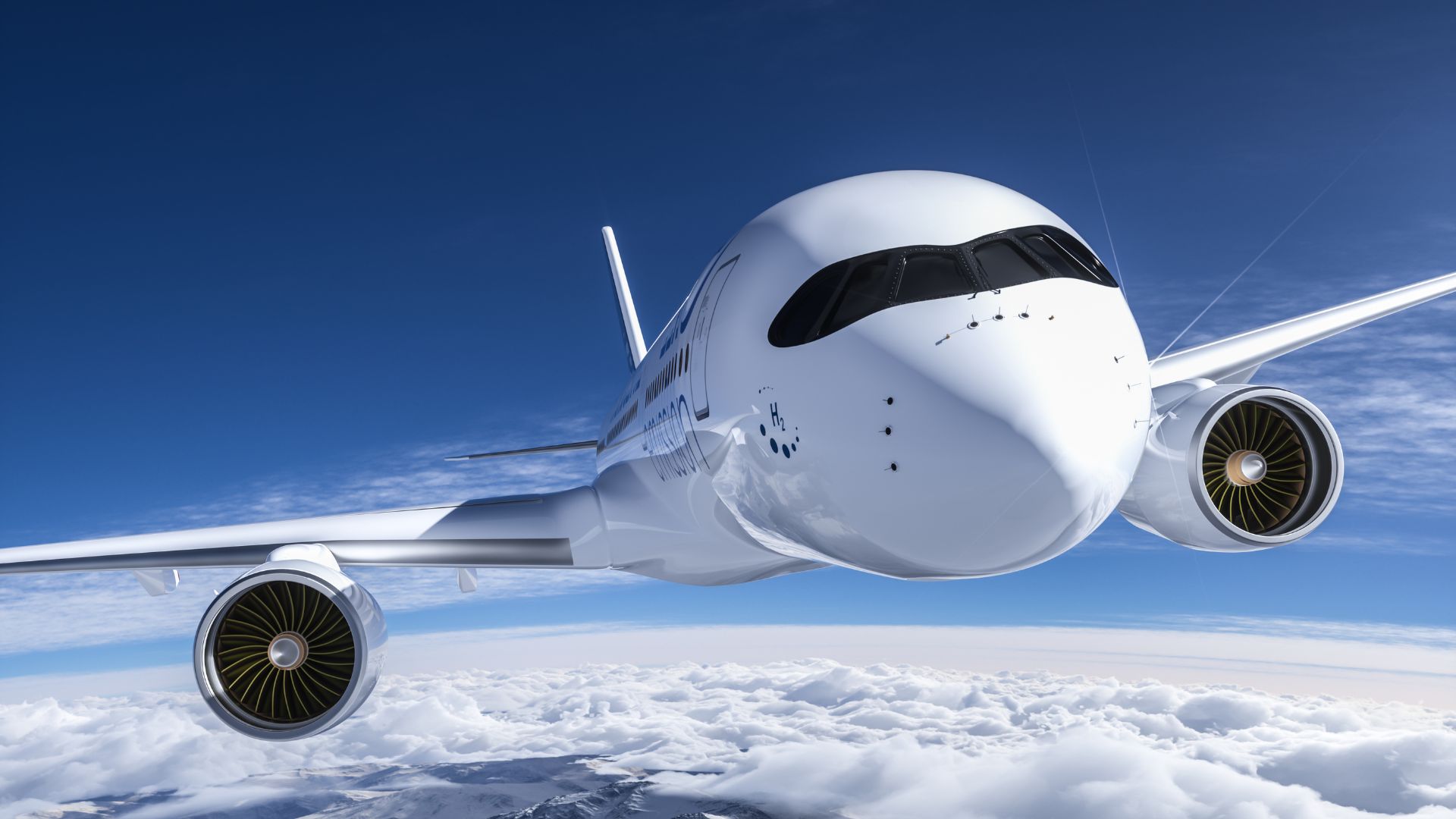Hydrogen-powered flight has taken a significant step forward after British-American pioneer ZeroAvia completed its first set of test flights with a Dornier 228 capable of carrying 19 passengers.
The aircraft swapped one of its two engines for a ZeroAvia-developed ZA600 hydrogen-electric motor for the 10 flights from Cotswolds Airport. During the test flights, the hydrogen-powered plane reached an altitude of 5,000ft and operated at temperatures ranging from just above freezing to 30 degrees Celsius. It spent as long as 23 minutes in flight at a time.
The hydrogen-electric engine matched the power of the conventional, jet fuel-powered engine on the opposite wing, and the pilots were even able to fly with only the hydrogen engine operating in some cases.
____________________
Related reading:
Hydrogen buses and trucks are hitting the roads TODAY
____________________
“Plenty of people go through 40-year careers without marking their name in the history books of aerospace engineering,” said Gabriele Teofili, head of aircraft integration and testing at ZeroAvia. “I’m so proud that so many of the team at ZeroAvia can say that they have done that already with this first phase of test flights.”
The 10-flight test was carried out over six months beginning in January 2023 after approval was issued by the UK Civil Aviation Administration in December 2022. The next phase of testing includes cross-country flights.
ZeroAvia’s Dornier 228 flight testing programme is part of the HyFlyer II Project, which is part funded by the UK Government via the Aerospace Technology Institute, in conjunction with Innovate UK and the Department for Business and Trade.

The HyFlyer II project will see ZeroAvia develop the first certifiable hydrogen-electric powertrain that can power airframes carrying up to 19 passengers. This builds on developments in the first HyFlyer project which saw the world’s first flight of a commercial-grade hydrogen-electric aircraft at Cranfield in September, utilising a smaller version of ZeroAvia’s hydrogen fuel cell powertrain in a 6-seat Piper Malibu M350. The project aims to conclude with a world-first hydrogen-electric flight this time in a Dornier 228 testbed aircraft with a 350 mile flight.
The company is targeting a 300-mile range in 9-19 seat aircraft by 2025, and up to 700-mile range in 40–80 seat aircraft by 2027. Investors include American Airlines, the world’s biggest carrier, and energy supermajor Shell.
While start-ups like ZeroAvia are developing technology to convert small aircraft to hydrogen fuels, industry giants such as Airbus and Rolls-Royce are exploring how they can carry hundreds of passengers 1,000s of miles across the world.
In November last year, Rolls-Royce revealed the successful test of a regional aircraft engine powered by hydrogen. The Rolls-Royce AE 2100-A was fuelled by hydrogen produced from wind and tidal power at the European Marine Energy Centre in the Orkney Islands.
____________________
Related reading:
Are we sitting on the clean energy source of the future?
____________________
A few days later, Airbus said it’s developing a hydrogen fuel-cell engine for aircraft. Unlike the Rolls-Royce engine, which burns hydrogen to produce power, it would generate electricity in much the same way as a fuel-cell car or bus.
Airbus plans to test the engine by the middle of the decade on a modified A380 MSN1, but it is likely to be deployed commercially on smaller aircraft able to carry up to 100 passengers about 1,150 miles.
Whether start-ups or global industry heavyweights, the UK has consistently been at the centre of the emerging hydrogen aviation industry and that doesn’t look like changing anytime soon.
To learn more about Ryze Hydrogen, click here.






